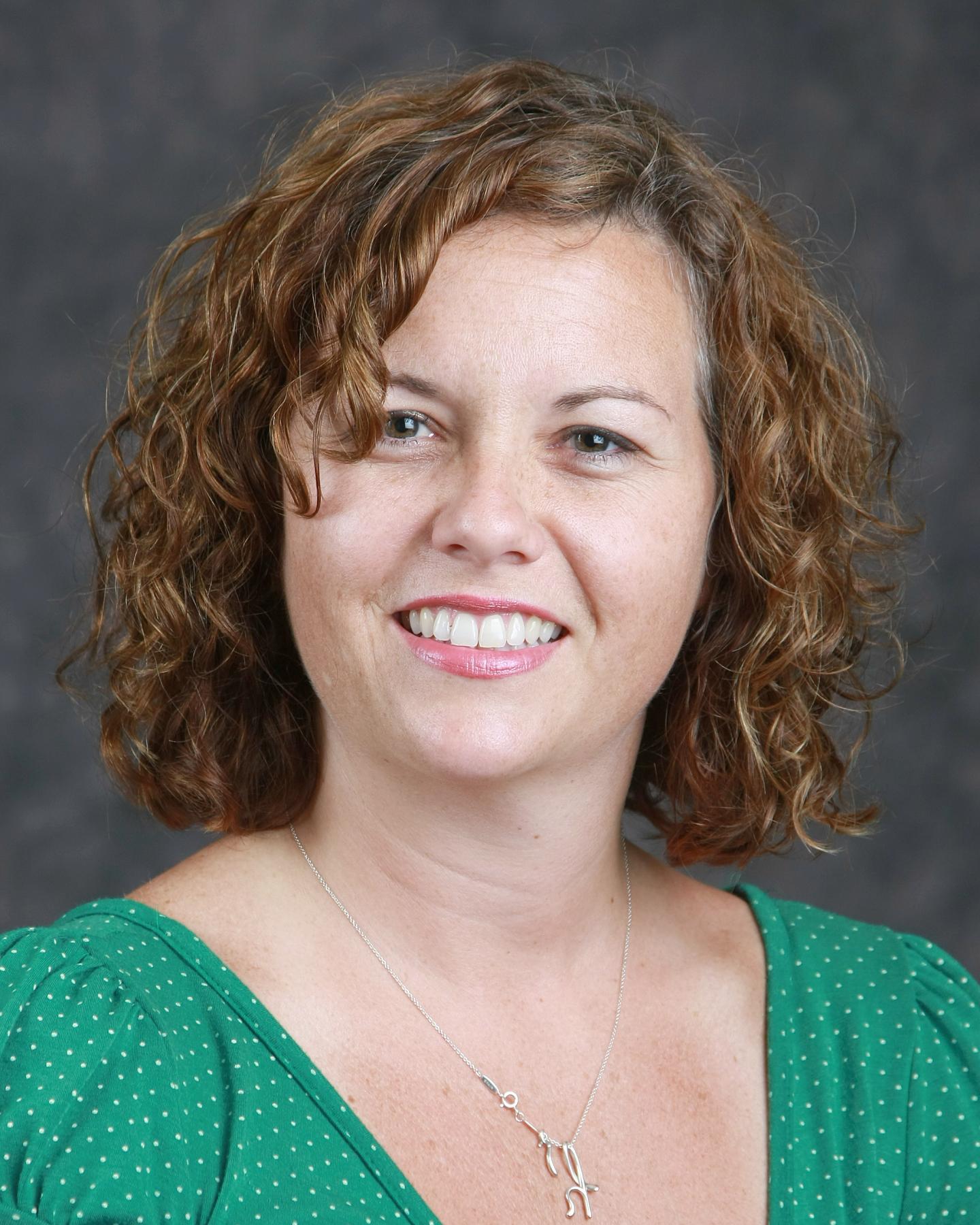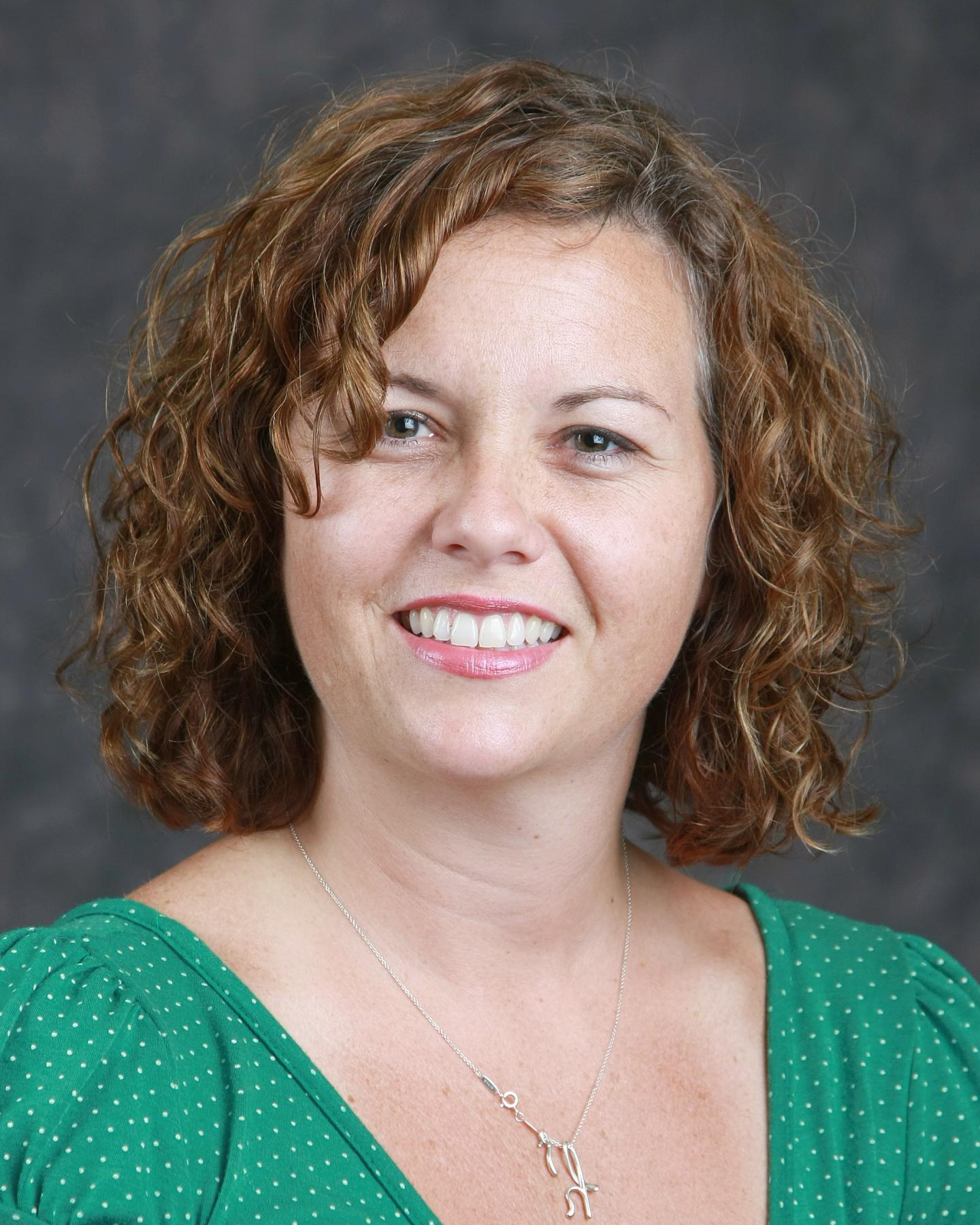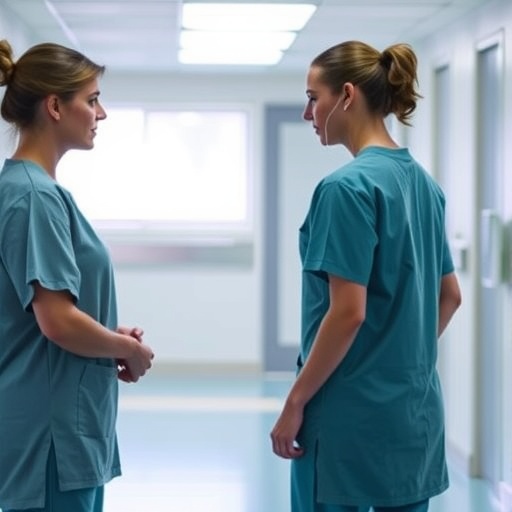
Credit: Florida Atlantic University
How much is enough? That is what researchers from Florida Atlantic University and Cleveland State University wanted to find out in the first study to measure the link between an employee's number of paid sick leave days and the use of vital preventive health care services like getting a flu shot.
By measuring specific preventive health care services among American workers age 49 to 57, the researchers have figured out the optimal range of paid sick leave days that will make a difference in how these workers take care of themselves. They have found that it takes at least 10 or more paid sick leave days to significantly increase the odds that American workers get a flu shot, check their cholesterol, check their blood pressure, and get a fasting blood sugar test to check for diabetes. For female workers, they need at least six to nine paid sick leave days to see significantly increased odds of getting a mammogram.
Results from this study provide compelling evidence that workers in the United States with paid sick leave are significantly more likely to engage in preventive health care behaviors than those without paid sick leave.
Prior research has only focused on the consequences of the presence or absence of paid sick leave days. This study, "How Many Sick Days Are Enough?," published in the Journal of Occupational and Environmental Medicine, helps to fill that gap. Findings also reveal a disconnect between the number of days typically offered to workers in the U.S. and the number of days where the researchers observed changes in preventive health care use.
"It took 10 or more days — more days than are mandated in any of the local U.S. paid sick leave laws – for us to see statistically significant increases in the likelihood of reporting having received a flu vaccination, mammography, and screenings for blood sugar and blood pressure," said LeaAnne DeRigne, Ph.D., lead author of the study and an associate professor in the Phyllis and Harvey Sandler School of Social Work within FAU's College for Design and Social Inquiry. "For policy makers who want to increase preventive health care services use in this age group, a longer and more generous paid sick leave plan of at least 10 days should be considered."
For the study, the researchers classified sick leave days into four categories: high level, 10 or more days; moderate level, six to nine days; low level, three to five days; and very low to no, zero to two days.
Overall, researchers found a 26 to 85 percent increase in preventive health care use among those with at least 10 or more paid sick leave days compared to those with zero to two paid sick leave days. For the female-focused preventive services, they showed a 55 percent increase in the use of preventive mammography.
Working adults with 10 or more paid sick leave days had a 33 percent increase in getting a flu shot, a 28 percent increase in screening their blood sugar, and a 69 percent increase in checking their blood pressure as compared to those with zero to two paid sick leave days. Employees with 10 or more days of paid sick leave also had a 34 percent increase in cholesterol screening.
The researchers used an analytic sample of 3,235 working adults age 49 to 57 in 2014 from the National Longitudinal Survey of Youth. Almost all of the sample (93.5 percent) reported having health care insurance or a health care plan. The median number of paid sick leave days was seven with nearly 27 percent of the sample reporting having no paid leave sick days. Only 10 percent of the sample had 20 or more paid sick leave days. Almost 26 percent fell into the zero to very low category while 43 percent fell into the high category of 10 or more paid sick leave days.
"Preventive care is intended to catch medical conditions before they progress as well as preventing the spread of contagious diseases like influenza, which has reached epidemic proportions this year," said DeRigne. "Despite having access, Americans only get half of the recommended requirements for preventive health care services. There are many factors that contribute to this dilemma, including adequate paid sick leave days."
Unlike most industrialized countries, in the U.S, paid sick leave is inconsistently included as part of workplace benefits packages, and only 72 percent of working Americans have access to this benefit. Furthermore, some localities mandate the provision of a range of paid sick leave days annually depending on employer size.
DeRigne and Patricia Stoddard-Dare, Ph.D., co-author of the study and an associate professor of social work at Cleveland State University, caution that unless benefits are made equitable across employer size, Americans working for smaller companies will always have fewer paid sick leave days. On the clinical side, they suggest expanded evening and weekend office hours and bringing routine preventive care services to the workplace. They also urge service related industries like restaurants and day care providers to give their employees adequate time off when they are sick as these employees typically have very low rates of paid sick leave days.
"Lack of paid sick leave not only influences work health, it also influences public health," said Stoddard-Dare. "Workers who lack paid sick leave are more likely to go to work when they are sick and spread contagious diseases, such as influenza, in the workplace. Paid sick leave is incredibly valuable because it provides both job protection and pay during times when employees must miss work for health related reasons."
###
About Florida Atlantic University:
Florida Atlantic University, established in 1961, officially opened its doors in 1964 as the fifth public university in Florida. Today, the University, with an annual economic impact of $6.3 billion, serves more than 30,000 undergraduate and graduate students at sites throughout its six-county service region in southeast Florida. FAU's world-class teaching and research faculty serves students through 10 colleges: the Dorothy F. Schmidt College of Arts and Letters, the College of Business, the College for Design and Social Inquiry, the College of Education, the College of Engineering and Computer Science, the Graduate College, the Harriet L. Wilkes Honors College, the Charles E. Schmidt College of Medicine, the Christine E. Lynn College of Nursing and the Charles E. Schmidt College of Science. FAU is ranked as a High Research Activity institution by the Carnegie Foundation for the Advancement of Teaching. The University is placing special focus on the rapid development of critical areas that form the basis of its strategic plan: Healthy aging, biotech, coastal and marine issues, neuroscience, regenerative medicine, informatics, lifespan and the environment. These areas provide opportunities for faculty and students to build upon FAU's existing strengths in research and scholarship. For more information, visit http://www.fau.edu.
Media Contact
Gisele Galoustian
[email protected]
561-297-2676
http://www.fau.edu





